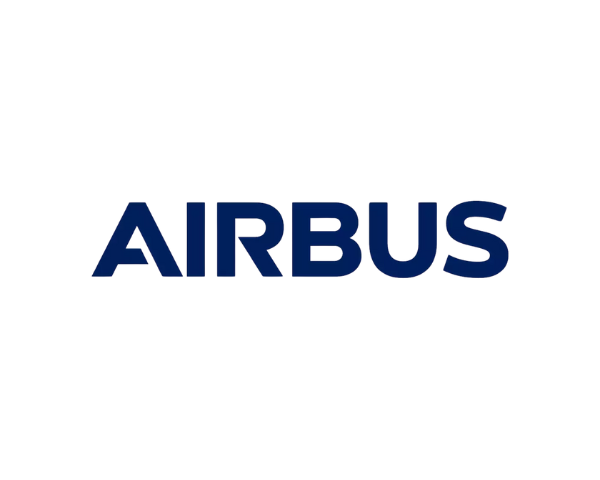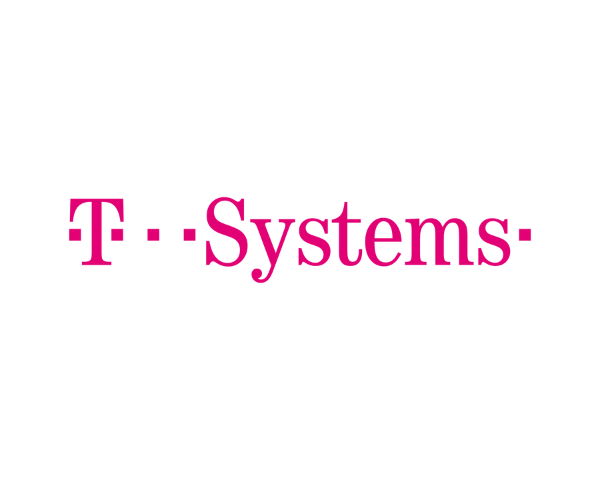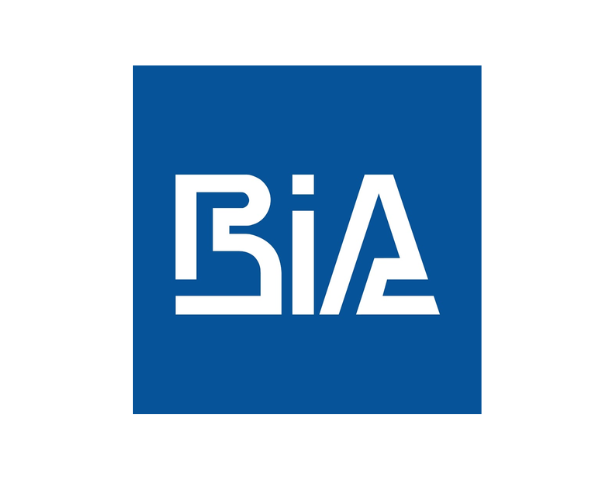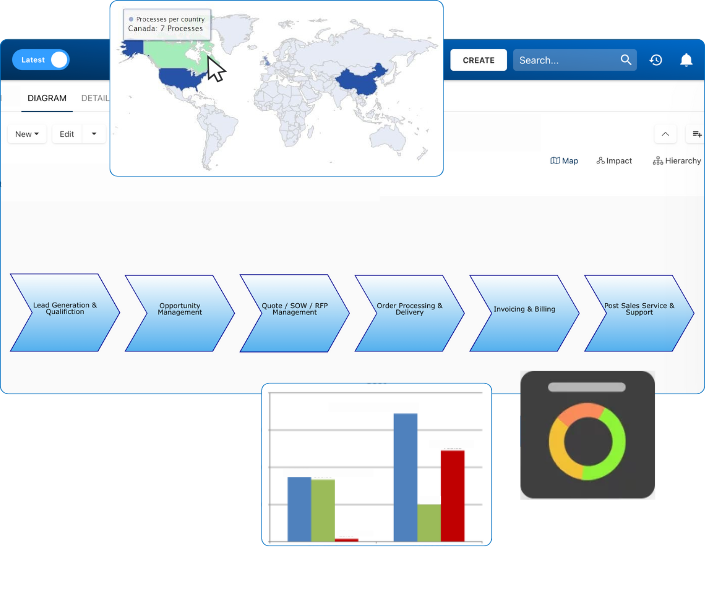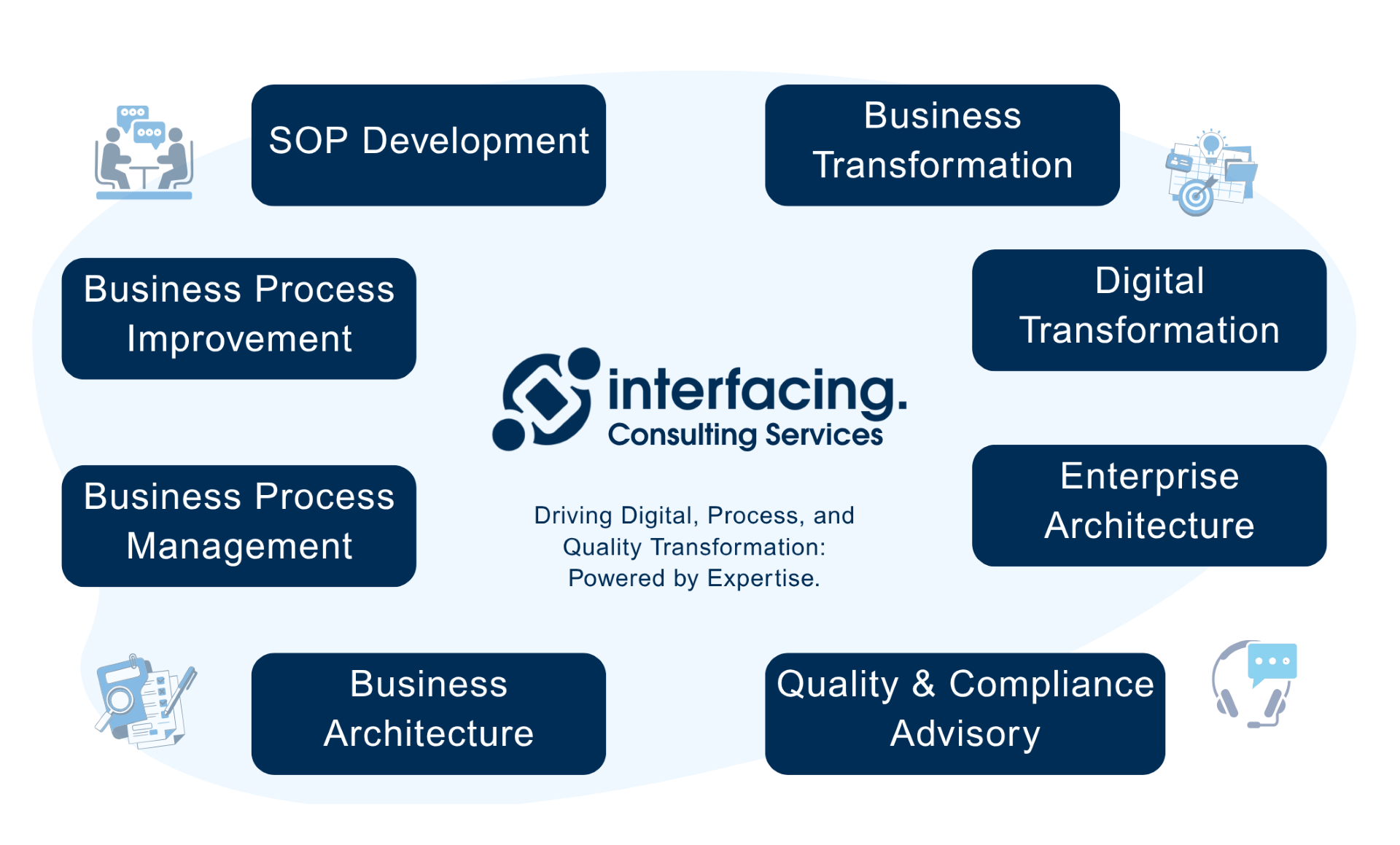- Business Process Management (BPM)Document Management System (DMS)Electronic Quality Management System (QMS)Risk, Governance & Compliance (GRC)Low Code Rapid Application Development (LC)Business Continuity Management (BCM)Enterprise Architecture (EA)Business Process Management (BPM)Document Management System (DMS)
- Document Control Overview
- AI Content Creation & Improvement
- Policy & Procedure Management (SOP)
- AI Content Mining Parser
- Collaboration & Governance
- Data Migration & Integration
- Interfacing Offline App
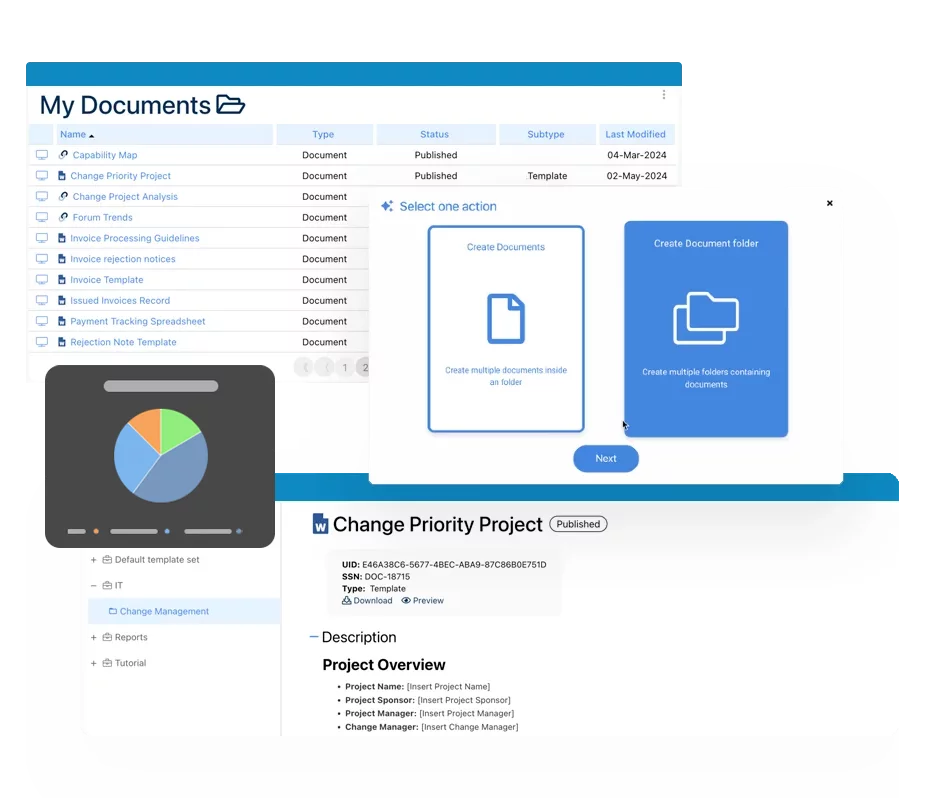 Electronic Quality Management System (QMS)
Electronic Quality Management System (QMS)- Quality Management System Overview
- Document Control & Records Management
- Audit & Accreditation Management
- Corrective & Preventative Action
- Quality Event (Non-conformity / Complaint/ Compliance)
- Risk Management
- Incident Management
- Environmental Health & Safety
- Product & Supplier Management (SCAR)
- Training Management
- Control Management
- Action Items Management
- Management Review
- FMEA
- Pharmacovigilance
- Data Migration & Integration
 Risk, Governance & Compliance (GRC)
Risk, Governance & Compliance (GRC)- Risk, Governance & Compliance Overview
- Risk & Control Management
- Regulatory Compliance
- Collaboration & Governance
- Data Migration & Integration
- Interfacing Offline App
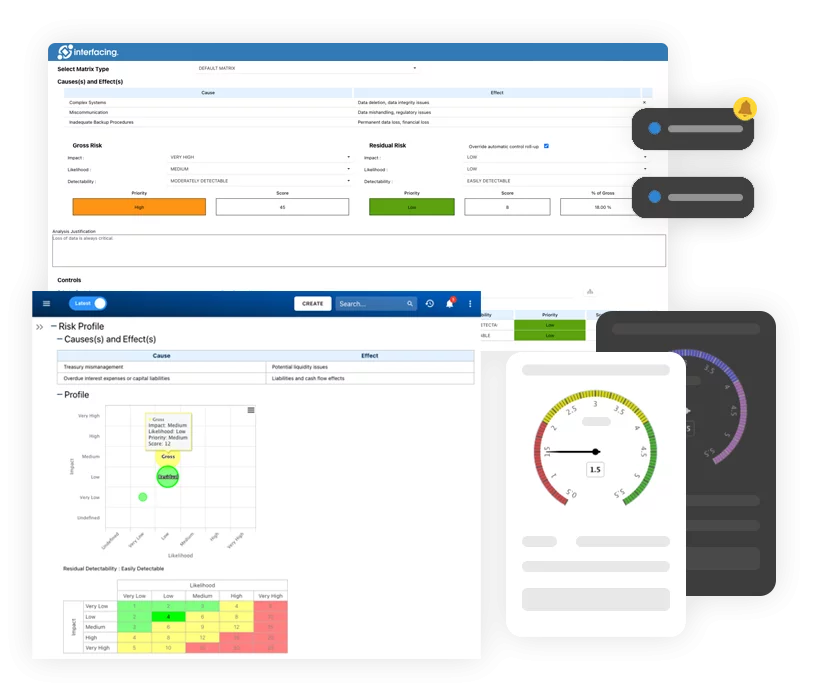 Low Code Rapid Application Development (LC)
Low Code Rapid Application Development (LC)- Low Code Automation Platform Overview
- Electronic Web Form Design (eFORMS)
- Database Table Entity Designer
- System Integration Designer
- Design & Manage Tasks
- Design & Manage BPMS Apps
- Custom Rules/Guards/Actions
- Electronic Services
- User Homepage
- BAM (Business Activity Monitoring)
- Custom Dashboard Design
- Data Migration & Integration
 Business Continuity Management (BCM)
Business Continuity Management (BCM)- Business Continuity Management Overview
- Business Impact Analysis
- Disaster Recovery Simulation
- Action Item Management
- Mass Notification Management
- Asset Management
- Interfacing Offline App
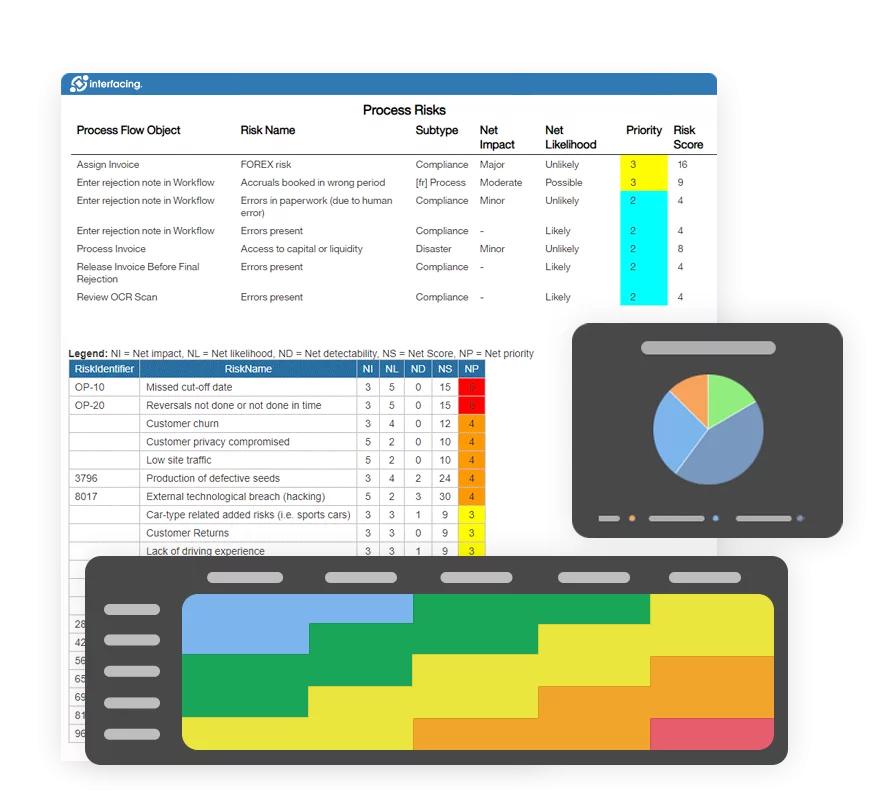 Enterprise Architecture (EA)
Enterprise Architecture (EA) - IndustriesRegulatory ComplianceUse CasesLearning CenterFramework & PracticesIndustries
- Healthcare
- Medical Device Technology
- Life Science, Pharmaceutical
- Aerospace & Defense
- Airlines and Aviation
- Media & Telecommunications
- Government and Military
- Technology
- Energy
- Logistics & Port Operations
- Banking & Capital Markets
- Retail & Consumer
- Consulting
- Education
- Engineering & Construction
- Manufacturing
- Financial Services
- Insurance
- Chemicals
Regulatory Compliance- Regulatory Compliance
- ISO
- ISO 9001 (guide)
- ISO 9001:2026 (preparation)
- ISO 17025
- ISO 27000
- ISO 27001
- ISO27002
- ISO 42001
- EU AI Act
- SOC 2 Type 1 & 2
- Sarbanes Oxley
- GxP
- GRC
- Basel
- Digital Signature
- GDPR
- IFRS
- NIST SP 800-53
 Use Cases
Use Cases- Quality Management System (QMS)
- Digital Transformation
- Continuous Improvement
- Governance, Risk & Compliance
- Knowledge Management
- System Deployment (ERP, CRM…)
 Learning CenterFramework & Practices
Learning CenterFramework & Practices - AboutCustomer SuccessPartners



CIS Security Controls Compliance
Please Select contact form.
Strengthen your cybersecurity posture with practical, prioritized controls that align to industry best practices.
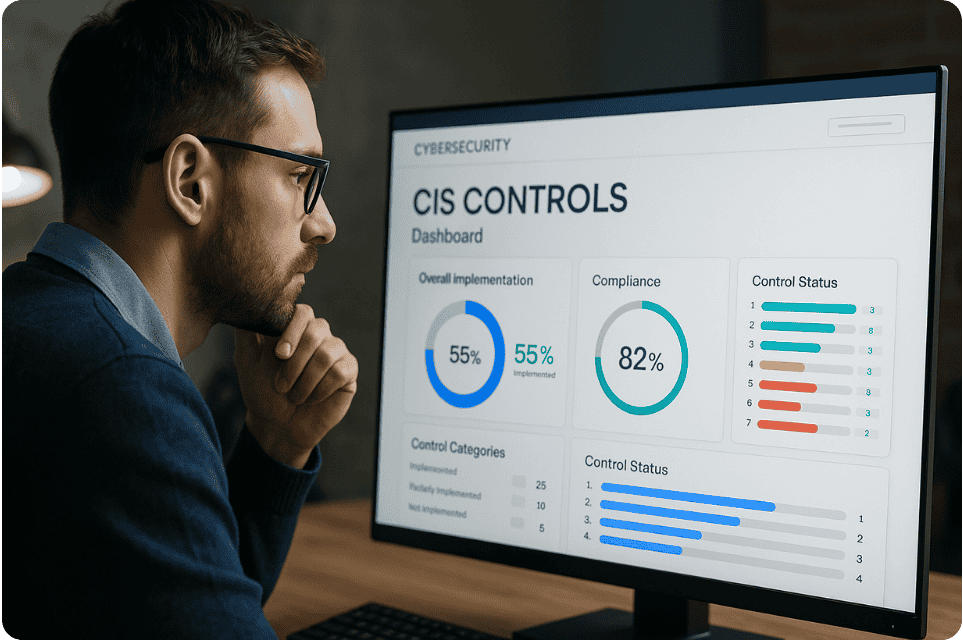
What Are CIS Security Controls?
Originally developed by the Center for Internet Security (CIS), these controls are a globally recognized set of cybersecurity best practices. Initially launched in 2008 as the “Consensus Audit Guidelines,” they have evolved through collaboration between security experts, government agencies, and industry stakeholders to address real-world threats with practical, effective actions.
Today, the CIS Controls are structured into three implementation groups, helping organizations of all sizes prioritize the most impactful steps toward cyber resilience. Whether you are a startup or a Fortune 500, CIS provides a flexible roadmap to reduce your exposure to ransomware, insider threats, and data breaches.
Why CIS Security Controls Are Needed
The threat landscape is dynamic, and compliance requirements alone aren’t enough. CIS Security Controls offer a concrete, actionable framework to:
- Respond to rising cyber threats in real time
- Align with global cybersecurity standards (ISO 27001, NIST CSF, etc.)
- Support audit readiness and vendor assurance.
- Build stakeholder trust through provable risk reduction
These controls are particularly effective because they are vendor-agnostic, technology-neutral, and built on practical use cases rather than abstract theory.
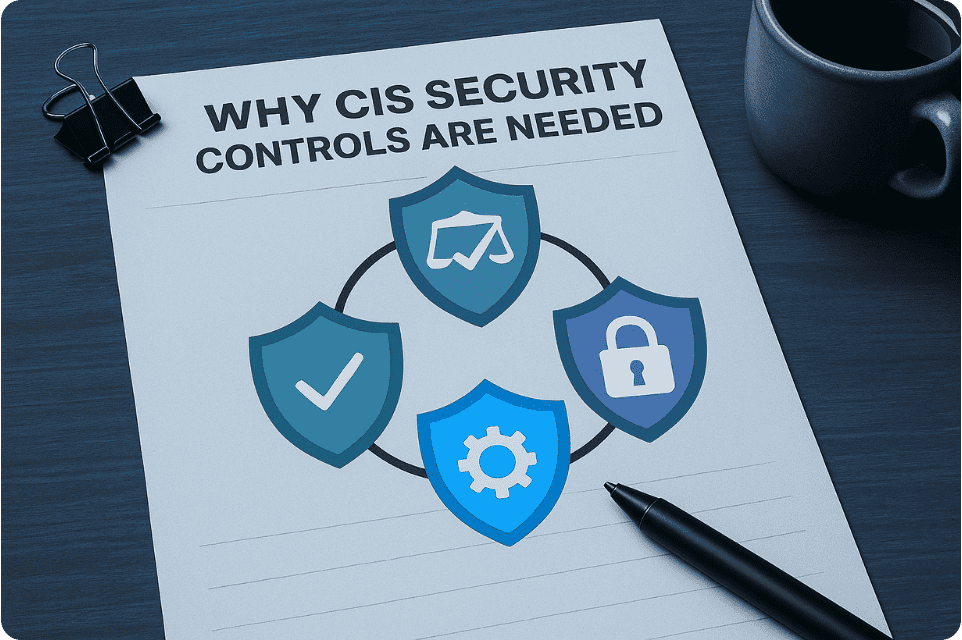

Who It Applies To—and Why It’s Critical
GxP compliance isn’t confined to traditional pharmaceutical companies. Its reach is broader—and growing.
In biopharma, labs managing preclinical and clinical data must maintain rigorous controls over documentation and electronic signatures, particularly under GCP and GLP. Medical device companies, especially those producing combination products, face MHRA expectations even if they’re already certified under ISO 13485 or UK MDR.
Contract research organizations (CROs) and digital health vendors that manage patient data or clinical workflows are now being held to similar standards, particularly around traceability and audit readiness. Even AI-powered diagnostics and therapeutics fall under scrutiny, especially if their data or models influence clinical outcomes.
What unites these diverse organizations is a shared responsibility: to ensure their processes and records hold up under inspection—and protect end users from harm.


Real-World Use Case
Background:
A mid-sized insurance company headquartered in North America had maintained a reactive cybersecurity posture—relying on antivirus software, email filters, and basic endpoint protection. Despite having internal policies in place, security training was irregular, and control ownership remained unclear. The tipping point came when a well-crafted phishing attack led to the compromise of executive credentials, exposing sensitive client records and prompting a reputational crisis.
Response:
The incident served as a wake-up call. The company adopted the CIS Controls as its new cybersecurity backbone, starting with Implementation Group 1 to address critical vulnerabilities. However, instead of managing this transformation manually, they partnered with Interfacing to use the EPC platform for system-wide implementation.
Transformation with Interfacing:
Within EPC, the organization conducted a full gap analysis, digitally mapping their current security policies against CIS Control categories. Ownership for each control was assigned to business function leaders, not just IT. Using AI, the platform highlighted at-risk areas—such as weak multi-factor authentication protocols—and suggested tailored actions.
All policies and control procedures were uploaded, versioned, and distributed across departments with automated approval workflows. In parallel, the platform launched employee training logs and tracked compliance milestones. EPC’s built-in dashboards provided executive-level visibility into the rollout progress and compliance maturity score.
Outcome:
In just under six months, the organization not only closed its most urgent cyber gaps but passed an external cybersecurity audit with commendation. They regained the trust of both regulators and customers. Moreover, the insurer now uses EPC’s AI to simulate control effectiveness, proactively identify high-risk users, and prepare for new cyber insurance requirements.
Relevant Industries
CIS Controls are intentionally designed to be framework-agnostic and sector-neutral, but certain industries adopt them more aggressively due to the heightened sensitivity of their data and regulatory exposure. In high-risk environments, implementing CIS Controls is no longer optional—it’s essential.
Healthcare
Healthcare organizations face increasing cybersecurity threats, especially ransomware attacks targeting patient records and hospital infrastructure. CIS Controls help institutions establish essential cyber hygiene—such as access control, vulnerability management, and email filtering—necessary for compliance with frameworks like HIPAA and ISO 27799. They also provide the structure needed to secure legacy systems common in hospitals. With Interfacing’s EPC platform, healthcare entities can digitize procedures, monitor real-time control effectiveness, and use AI to flag unusual system behavior—reducing manual oversight and improving patient data protection.
Finance and Insurance
Banks, fintechs, and insurers operate under overlapping compliance mandates including SOX, GLBA, and increasingly, ISO 27001. CIS Controls serve as a foundational security layer in these multiframework environments, providing a unified approach to risk reduction. In an industry where audit trails and version control are non-negotiable, Interfacing’s AI-enhanced EPC solution automatically maintains digital evidence, tracks remediation activities, and aligns internal controls to external standards, simplifying preparation for regulatory reviews.
Government and Defense
Public sector institutions must meet national security standards, often under tight timelines and budget constraints. Agencies use CIS Controls to comply with policies like NIST, FISMA, or equivalent cyber defense directives. From controlling admin privileges to securing mobile devices, CIS ensures consistent protection across departments. When layered with Interfacing’s centralized control dashboards and AI-powered anomaly detection, agencies gain continuous oversight over dispersed teams and hybrid systems—critical in today’s remote and cloud-based environments.
Manufacturing
Modern manufacturing systems are no longer isolated. Operational Technology (OT) and SCADA systems are now integrated with enterprise IT, exposing them to cyber threats that once seemed remote. CIS Controls help manufacturers secure plant-floor devices, limit lateral movement, and segment networks effectively. With Interfacing’s visual process mapping and role-based control assignment, manufacturers can model their production environments, track security ownership, and implement control updates without disrupting operations.
Education
Universities and school systems must protect vast amounts of personally identifiable information (PII) while operating in decentralized IT environments. CIS Controls provide a structured approach to protect endpoints, secure faculty and student devices, and implement access management in hybrid learning models. By integrating Interfacing’s AI-driven monitoring and documentation tools, educational institutions can maintain visibility into every data touchpoint—enabling timely action when policy violations or breaches occur.
Relevant Industries: AI-Powered Insight
Interfacing’s EPC platform uses AI not just to automate compliance tracking but to provide predictive risk assessments, contextual recommendations, and ongoing control optimization. This is particularly valuable in sectors with aging infrastructure, multi-site operations, or limited cybersecurity staffing, enabling teams to do more with less—while maintaining regulatory and operational excellence.

Steps to CIS Controls Readiness
Achieving alignment with CIS Controls is not a one-size-fits-all task. It requires thoughtful planning, operational commitment, and the right digital tools. Organizations that succeed treat it as an evolving journey—one that begins with foundational security hygiene and matures into a full-spectrum cyber resilience strategy.
1. Gap Analysis and Control Mapping
Before implementing anything, organizations must assess where they stand today. A gap analysis compares existing controls, procedures, and documentation against the CIS framework’s 18 control families. Many companies discover they already have partial compliance through efforts tied to frameworks like ISO 27001 or NIST 800-53.
With Interfacing’s EPC platform, this process is digitized and streamlined. AI scans existing policies and maps them against CIS requirements, highlighting not only what’s missing but also where duplication or misalignment occurs. This accelerates readiness and reduces rework.
2. Prioritize by Implementation Group (IG)
CIS Controls are divided into three Implementation Groups (IG1, IG2, IG3) to help organizations prioritize actions based on risk, complexity, and available resources.
- IG1 includes essential cyber hygiene like inventory management, patching, and email protection.
- IG2 adds more sophisticated protections such as incident response, boundary defense, and audit logging.
- IG3 is designed for enterprises with advanced threats, such as nation-state actors or highly regulated environments.
Rather than attempting all 153 safeguards at once, EPC helps organizations track progress through these IG tiers and forecast resource needs as they scale.
3. Assign Accountability
Even the most robust security controls will fail without ownership. EPC enables clear role assignment through organizational modeling, where every control is linked to a specific department or individual. Task reminders, escalations, and approval workflows ensure nothing falls through the cracks.
With digital accountability logs, organizations can demonstrate exactly who is responsible for each control—essential for both audits and internal governance.
4. Document and Digitize
Policies, procedures, incident reports, and configurations must be clearly documented and kept current. Yet many organizations rely on static spreadsheets or siloed Word documents.
EPC eliminates this risk by offering centralized version-controlled repositories, automated update alerts, and digital sign-off trails. Policies can be embedded directly within control dashboards, so team members always have access to the most up-to-date and approved guidance.
5. Monitor, Improve, and Audit
CIS Control compliance is not a checkbox—it’s a continuous process. AI within EPC analyzes control effectiveness based on incident trends, control maturity scores, and human behavior signals (e.g., frequency of phishing test failures).
These insights are visualized in real-time dashboards. Auditors gain access to traceable logs of control execution, while internal teams receive prioritized recommendations for remediation or enhancement. Whether preparing for a third-party cyber audit or performing internal reviews, EPC keeps organizations ready and aligned.
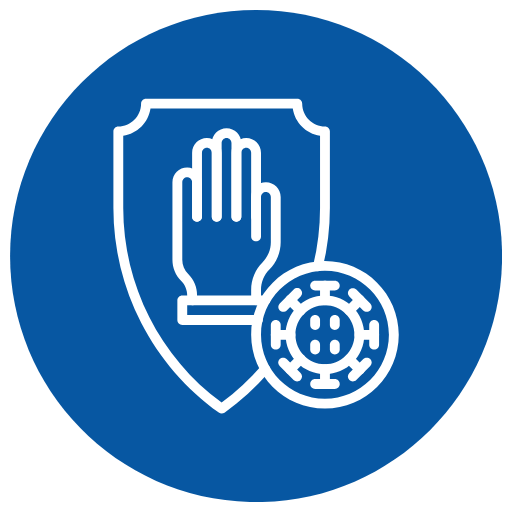
Common Pitfalls to Avoid
Even with the right intentions, many organizations struggle to successfully implement CIS Controls due to avoidable mistakes. Recognizing these pitfalls early can save time, resources, and reputational risk.
1. Lack of Prioritization
Attempting to adopt all CIS Controls simultaneously may seem proactive, but it often results in burnout, budget overruns, and confusion. Many controls are interdependent, and jumping into advanced safeguards without establishing basic hygiene first (IG1) is like locking your front door while leaving your windows wide open.
Interfacing’s EPC guides organizations step-by-step through implementation tiers and visually tracks dependencies so that efforts are sequenced efficiently.
2. Siloed Implementation
Security is everyone’s job—not just IT’s. When only technical teams drive implementation, organizations risk missing critical processes tied to HR, procurement, or legal functions. For example, asset inventory might exclude contractor laptops, or access controls might ignore onboarding/offboarding procedures.
EPC enables cross-functional collaboration by allowing control-related tasks to be assigned and monitored across departments. This ensures security is embedded throughout the organization, not confined to a single silo.
3. Outdated Documentation
Static documentation is one of the most common reasons companies fail audits. Policies get lost in email chains or saved in disconnected folders, and outdated procedures remain in circulation.
With EPC’s document lifecycle management, every policy is version-controlled, access-controlled, and linked to specific compliance milestones. Automatic notifications ensure updates are reviewed and approved on time.
4. Overreliance on Tools
Too often, organizations invest in expensive security software but neglect the people and processes needed to support it. For example, deploying an endpoint detection tool is pointless if employees still click on suspicious links or if there’s no defined incident response process.
CIS Controls emphasize practical behavior change, and EPC helps enforce this by integrating training logs, policy acknowledgments, and control audits into the same compliance system. AI even flags where control implementation is out of sync with user behavior—such as repeated failed login attempts or missing phishing training certificates.
How AI Can Help with ISO 14001
AI makes ISO 14001 more than manageable—it makes it predictive. From real-time emissions tracking to anomaly detection in water or energy usage, Interfacing’s AI-enhanced tools help anticipate risks, streamline data collection, and support decision-making.
With machine learning models embedded into EPC, users can forecast the impact of process changes on compliance targets, detect reporting inconsistencies, and automate audit readiness.
How AI and Interfacing Help
AI doesn’t replace the human effort behind security—it amplifies it. EPC’s AI-powered compliance features help:
Continuously monitor policy adherence and flag risks
Automate incident tracking and response documentation
Suggest next-step controls based on risk trends and CIS prioritization
Interfacing ensures that implementing CIS Controls becomes a strategic advantage, not an operational burden.

Ensure Process & Quality Governance
Interfacing’s Enterprise Process Center® (EPC) allows you to define, document, and enforce ISO 9001 quality controls organization-wide. Policies, procedures, and SOPs are directly tied to processes and roles—ensuring your QMS is embedded in everyday operations with full transparency. .

Eliminate Manual Errors with AI-Driven QMS
Standardizing documentation and workflows within EPC removes the need for spreadsheets and disconnected systems. Our AI flags outdated procedures, suggests process improvements, and helps maintain version control—reducing the risk of non-compliance and audit issues.

Gain Full Audit Readiness & Traceability
EPC provides real-time traceability across all quality processes—from document approvals to CAPA workflows. With automated audit trails and visual process maps, you’re always ready for certification audits and internal reviews, no last-minute scrambling required

Improve Operational Efficiency Without Sacrificing Compliance
Interfacing’s QMS automates routine tasks such as change control, training sign-offs, and document updates. This not only frees up valuable staff time, but also ensures consistent adherence to ISO 9001 guidelines across all departments and geographies.

Reduce the Cost of Quality Compliance
With centralized process governance and AI-enhanced workflows, EPC reduces the overhead of maintaining your QMS. From smarter audit prep to fewer non-conformities, organizations save time, cut errors, and accelerate their path to ISO 9001 certification.

Build a Culture of Continuous Improvement
ISO 9001 is about more than passing audits—it’s about evolving your organization. Interfacing’s platform helps identify quality gaps, track corrective actions, and promote ongoing learning and accountability—turning compliance into a competitive advantage.
Why Choose Interfacing?
With over two decades of AI, Quality, Process, and Compliance software expertise, Interfacing continues to be a leader in the industry. To-date, it has served over 500+ world-class enterprises and management consulting firms from all industries and sectors. We continue to provide digital, cloud & AI solutions that enable organizations to enhance, control and streamline their processes while easing the burden of regulatory compliance and quality management programs.
To explore further or discuss how Interfacing can assist your organization, please complete the form below.

Documentation: Driving Transformation, Governance and Control
• Gain real-time, comprehensive insights into your operations.
• Improve governance, efficiency, and compliance.
• Ensure seamless alignment with regulatory standards.

eQMS: Automating Quality & Compliance Workflows & Reporting
• Simplify quality management with automated workflows and monitoring.
• Streamline CAPA, supplier audits, training and related workflows.
• Turn documentation into actionable insights for Quality 4.0

Low-Code Rapid Application Development: Accelerating Digital Transformation
• Build custom, scalable applications swiftly
• Reducing development time and cost
• Adapt faster and stay agile in the face of
evolving customer and business needs.
AI to Transform your Business!
The AI-powered tools are designed to streamline operations, enhance compliance, and drive sustainable growth. Check out how AI can:
• Respond to employee inquiries
• Transform videos into processes
• Assess regulatory impact & process improvements
• Generate forms, processes, risks, regulations, KPIs & more
• Parse regulatory standards into requirements

Request Free Demo
Document, analyze, improve, digitize and monitor your business processes, risks, regulatory requirements and performance indicators within Interfacing’s Digital Twin integrated management system the Enterprise Process Center®!
Trusted by Customers Worldwide!
More than 400+ world-class enterprises and management consulting firms




















